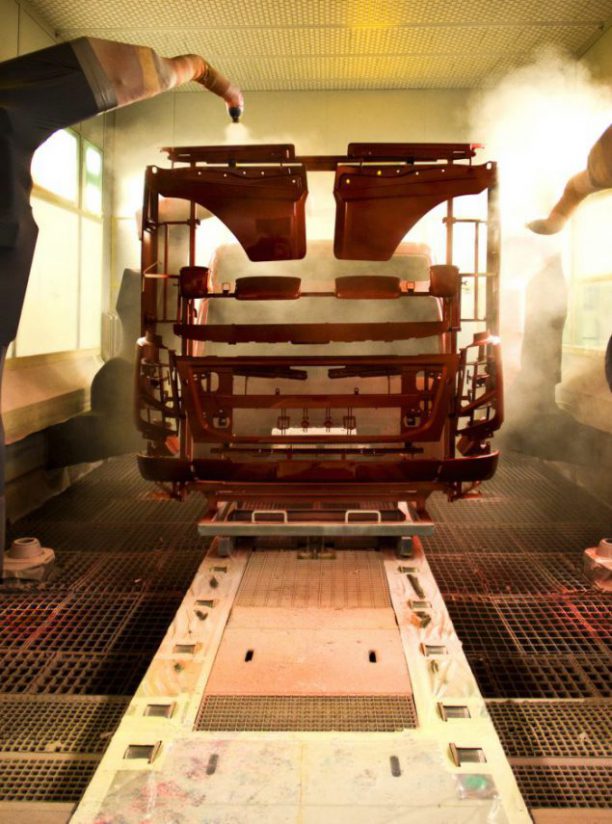 If you care about your car, or more to the point, about how much it will be worth when the time comes to sell it, you need to know about what will devalue it. From smoking inside to letting kids run riot, there are many ways to inflict lasting damage that will put buyers off your motor. Here are the top 10 that drivers would do well to avoid.
If you care about your car, or more to the point, about how much it will be worth when the time comes to sell it, you need to know about what will devalue it. From smoking inside to letting kids run riot, there are many ways to inflict lasting damage that will put buyers off your motor. Here are the top 10 that drivers would do well to avoid.
1. Create a stink
Smoke in your car and you’ll knock at least 10 per cent off its resale price, according to British Car Auctions. And that’s if it sells at all: some traders are so sniffy about tobacco-tainted interiors they won’t consider buying cars that have been smoked in.
2. Have kids in it
Even the cleanest, calmest kids will make a mess of your car. If they’re not kicking the seat in front, they’ll be smearing sticky fingers on your clean windows or wiping food – and worse ‑ on the fabric. Train them not to do that and there’s always the chance of vomit or spilled drinks invading your immaculate interior. Food-stained seats are also a turn off to potential buyers. Carrying rubbish bags and wet wipes is a sensible precaution.
3. Clean it with washing up liquid
Washing up liquid is specially formulated for cleaning grease and food remains from plates. The solvents and salt it contains will also strip away the wax from your bodywork encouraging paint layers to flake off and rust to attack. Always use dedicated car shampoo and follow this simple guide to washing a car.
4. Misfuelling then turning the engine on
Pumping petrol, a solvent, into oil-based diesel cars can be disastrous. If the engine is started it could potentially be wrecked along with ancillaries such as fuel pumps, catalytic converters and sensors. Push the car to the side of the forecourt and have the fuel tank drained by an expert.
5. Ignore scheduled service intervals
According to research by Halfords, most drivers who’re looking to cut their motoring costs believe ignoring servicing intervals is the easiest way. But not servicing a car doesn’t just increase the chances of a breakdown, it can also damage the engine’s internals while dirty filters and fluids increase fuel consumption. The answer is to always follow manufacturers’ guidelines, especially as car buyers prefer a model with a full service history.
6. Pimp it up
Modifying a car can be fun and it’s certainly an easy way to spend money. But buying a new loud exhaust pipe, lowering the suspension and adding 21-inch wheels could cost you more than you think by narrowing the potential pool of buyers who’ll be interested in a car and therefore denting its re-sale value.
7. DIY re-spray
Even professional paint sprayers struggle to get an even covering of new paint, so the likelihood of an amateur managing it are slim. Then there’s getting the right colour matches and not covering parts of the car that aren’t meant to be painted. And if you get all that right there’s still the danger of dust and other foreign objects ruining the finish. Please don’t bother.
8. Ignore instrument warning lights
There are numerous sensors on a modern car feeding information back to its electronic brain. The reality is this main computer, or ECU, knows a lot more about what’s going on beneath the bonnet than you do, so if it’s decided a warning light is needed, you should heed it.
9. Drive short distances
Until an engine is at its proper operating temperature, the oil won’t be at its most viscous and therefore won’t be doing its job of lubricating metal parts. And on modern diesel engines, the Diesel Particulate Filter (DPF) won’t get hot enough to clear itself on a short journey and will eventually block causing the car to stop. It’s generally accepted it takes between 10 and 12 miles for an engine to reach its full operating temperature.
10. Riding the clutch
If the clutch doesn’t fully engage or disengage, the plates will slip against each other prompting premature wear. Keeping the clutch down at traffic lights or in jams is a bad idea too. This forces the clutch against its release bearing unnecessarily, again causing premature wear. To prevent this, move your foot off the clutch pedal onto the rest when you’ve finished changing gear.
Mainly common sense but nevertheless the advice is very much appreciated.